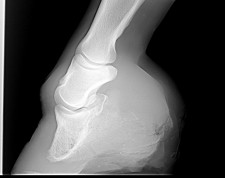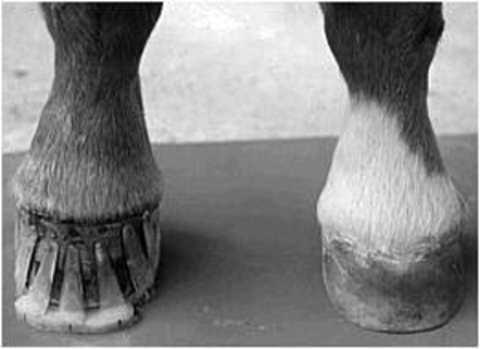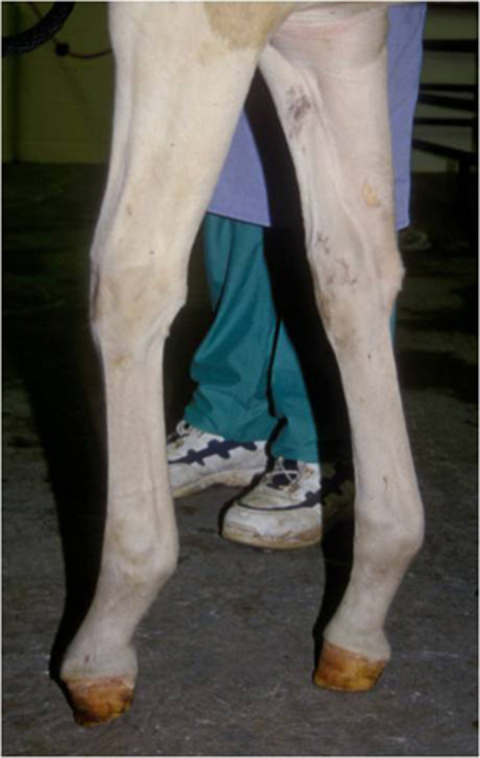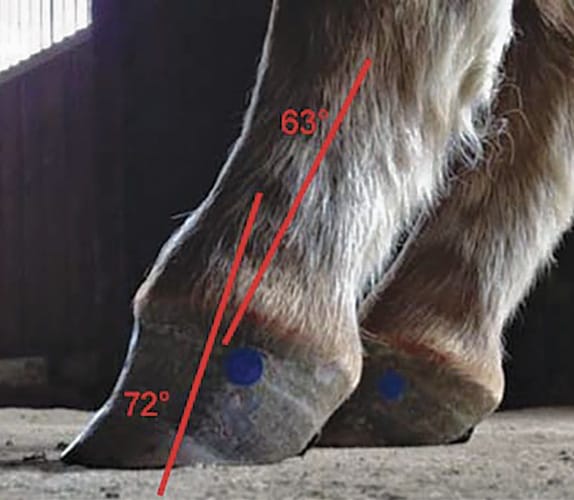club foot horse cause
A foot of this type responds well to most treatments and undue credit is often given to aggressive therapy that was unnecessary in the first place. Club foot refers to a hoof that is more upright than normal.
Club foot horse cause Monday April 4 2022 Edit.
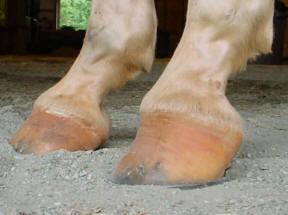
. Horses affected with club foot develop a flexural deformity of the coffin joint due to a shortening of the musculotendinous unit that starts high up in the limb and inserts on the coffin bone in the foot resulting in an upright conformation of the foot. Major factors believed to be involved with clubbed foot include genetics diet developmental orthopedic disease DOD and its related causes or other causes of lameness resulting in pain and a reduced weight bearing on the foot. Can develop club foot.
This particular horse a six year old gelding has what I feel is a grade three club foot on a 1-5 scale. The primary one is genetics. Shoeing options for the Club Foot in Horses Do you have any recommendations on glue on horse shoes.
This article only considers chronic club foot. Club Foot Conformation in Horses. It is often associated with a concave front dorsal hoof wall high often contracted heels and widening of the white line from mechanical stretching of the hoof wall attachments the laminae.
Clubfoot is a birth defect where one or both feet are rotated inward and downward. Treatment varies with the age of the horse and. The angles when the shoes were put on were 58 degrees on the club foot and 55 degrees on the under run footThe club foot was 3 the other front was 2 78 The shoes have been on about 2 weeks.
Caused by abnormal contraction of the deep digital flexor tendon a club foot puts pressure on the coffin joint and initiates a change in a hoofs biomechanics. A club foot alters a horses hoof biomechanics frequently leading to secondary lamenesses. Evaluation of the foot should.
Adult club foot requires a completely different approach to treatment than juvenile club foot. Most of the time it is not associated with other problems. What Causes Club Foot.
After birth foals acquire club feet when the bones grow faster than the tendons. There are several theories on what can cause a club foot to occur. Club foot refers to a tendon flaw that causes the hoof to be very upright.
If a horse puts more weight on the inside of a hoof the blood is pushed to the opposite side of the foot causing faster growth and wearing down the weighted surface at a faster rate. Many stem from the understanding that situations limiting the range of movement in a horses limb can cause a hoof to grow more upright. Club foot is a term commonly used to describe an abnormally upright front foot conformation.
The affected foot and leg may be smaller than the other. Pain in a foot or leg for an extended period of time such as with an injury joint pain andor soft tissue injuries may make the horse reluctant to use the limb and therefore promote a club foot. With respect to the club foot the heel of the affected foot grows faster and the hoof more upright in appearance due to most of the horses weight being placed.
Infographic Handling Hoof Abscesses The Horse Horse Care Tips Healthy Horses Horse Health File Not Found Horse Care Horse Health Horse Care Tips Understanding Hoof Angles Hooves Horse Health Horse Care Epingle Sur Foot Neuropathy Remedies. Shortening of the tendon that is attached to the coffin bone. The horse is moving better but this could just be the eggbar shoes.
Clinical management of clubfoot is influenced by the severity duration and the etiology of the club-foot as well as the degree and source of lameness if present. It can affect one or both limbs usually in the fore limbs. A foals bones growing too fast for the tendons can cause immense pain.
There are several causes of club foot. Affected horses tend to land toe-first and their heels growth rate is. Telltale signs of a club foot may include an excessively steep hoof angle a distended coronary band growth rings that are wider at the heels.
However if youre pregnant you can do things to limit your babys risk of birth defects such as. Impacts the standing or movement of your young horse. Walking adjustments may prevent natural growth of the calf muscles cause large sores or calluses on the foot and result in an awkward gait.
This horse found it difficult. Without treatment the foot remains deformed and people walk on the sides of their feet. Lack of exercise deprives the tendons and muscles.
It can be a congenital born this way or developmental acquired early. This lack of use may cause shortening and contracting of the muscles and tendons in that leg eventually making that foot more upright. The number one cause of a clubbed foot is genetics.
Often club foot affects both front legs with one being more severe than the other. He wears Cavallo simple boots which are great but was thinking about glue on horseshoes for him. If a horse has a clubbed foot then the foals that mare or stud produces will have one as well.
Club foot case recently. Club foot can develop in mature horses too for similar reasonsany injury or chronic pain that causes a horse to consistently favor one foot can lead to contracting and shortening of the muscles and tendons specifically the deep digital flexor tendon and muscle apparatus in that leg eventually pulling the foot into a more upright position. The science and management of club foot is a huge subject.
My 15 year old Paint horse gelding was born with a club foot. INJURY One of the more commonly accepted causes is the result of an injury most notably supra-scapular nerve damage. Approximately 50 of cases of clubfoot affect both feet.
Any club foot that has been around a while will have a sensitive unused underdeveloped frogdigital cushion. Club foot can occur before or after birth in foals. Club foot is one of the most common deformities in the horse world.
Symptoms of Club Foot in Horses. Because doctors dont know what causes clubfoot you cant completely prevent it. Whatever has caused a horse to develop a chronic club foot the outcome is the same with an over-tightening of the muscles involved in controlling the deep flexor tendon on the affected limb.
A diet rich in calories and sugar can cause problems as well. This may lead to pain and. -Lauri R Grazing stance allegedly plays a part in many.
You can fix everything else and still have the back of the foot too sensitive for the horse to land on which will cause the shortened stride and resulting club foot on its own another vicious cycle. A club foot may also result from injury if the horse is lame and keeps favoring the sore foot not putting much weight on the heel. Coronary band may bulge as.
Apparently the club foot condition has been with this horse since it was a foal.

Shoeing Options For Club Foot In Horses
Is This A Club Foot Horsetalk Co Nz

Ballerina Syndrome Where The Heels Remain Off The Ground Even At The Download Scientific Diagram
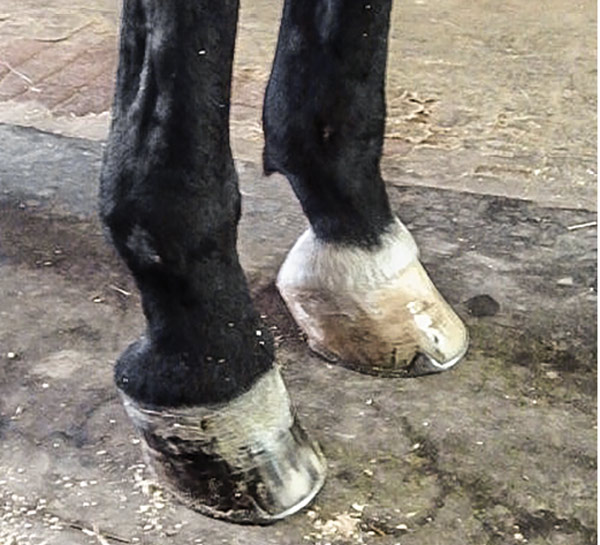
What Advice Has Been Most Helpful When You First Encounter A Club Foot

How D That Happen Origins And Remedies For Clubfoot Horse Racing News Paulick Report
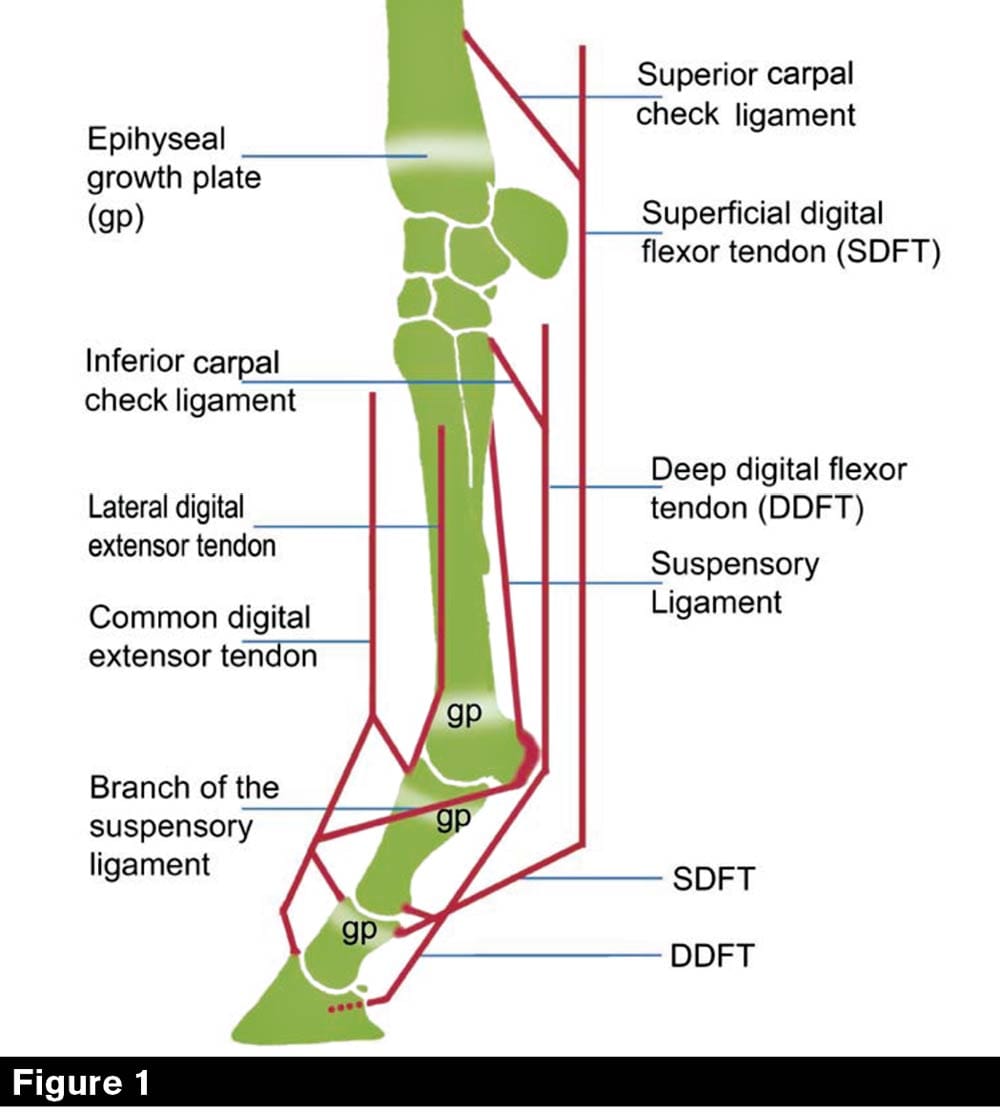
Defining And Fixing A Horse S Club Foot

The Importance Of Physical Maturity In The Horse Horsetalk Co Nz

Flexural Deformities In Horses Musculoskeletal System Merck Veterinary Manual
So Called Club Foot By James R Rooney Dmv

How To Manage The Club Foot Birth To Maturity The Horse Club Foot Horses Horse Care

